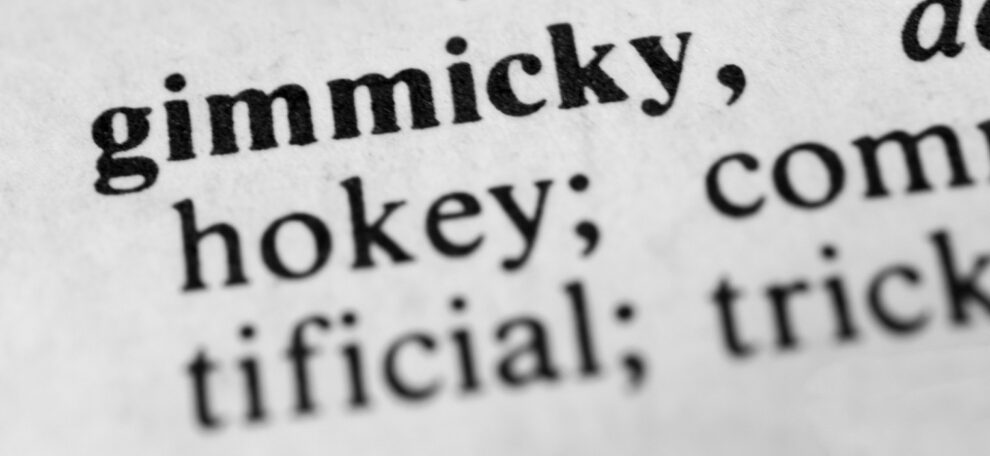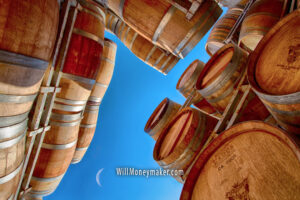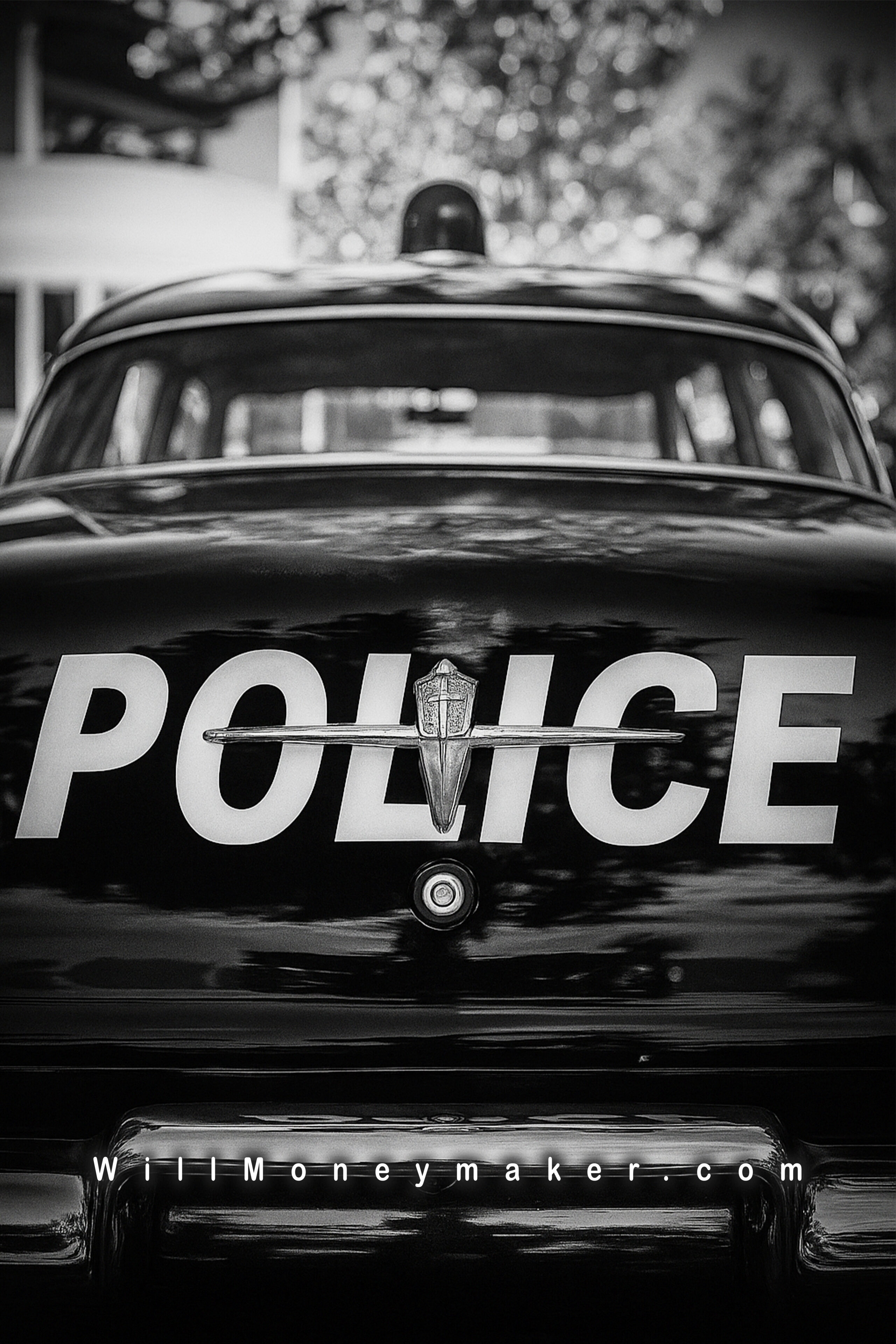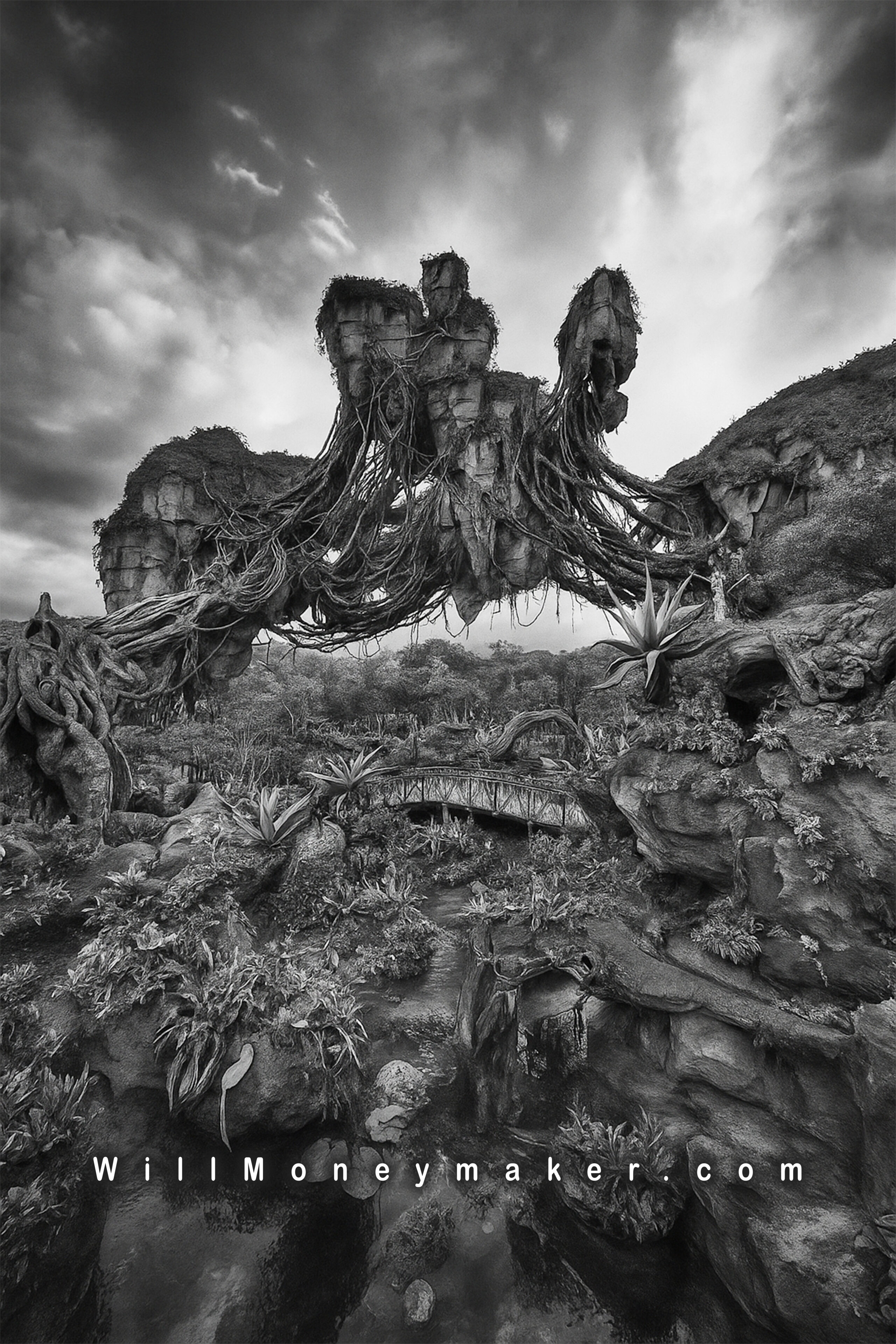So many discussions surrounding photography come back to that old chestnut: What is art, exactly? It is impossible to define art and in fact, I would say that it is against the very nature of art to try and define it. However, there are a few things that seem to fall less into the category of art, mainly because these things don’t have thought, vision, or inspiration behind them.
Often, these things are merely techniques or methods that have become so overused that they are now a gimmick. In other words, artists merely use a particular technique to create something that seems unusual or shocking at first glance but upon closer inspection, the actual work seems to have no meaning or it doesn’t move a broad selection of viewers to think more deeply on the “art” that they are looking at.
The difference between art and gimmicks that are mimicking art are difficult to understand, even for people who have been enmeshed with the trade for decades. Allow me to explore this topic more deeply and perhaps we can all come away with some insights as to when something is actually artistic and when a work is just using a gimmick to draw a quick look.
Does the Technique Add to the Art?
In the photography world, there is a subset of techniques that have the reputation of being gimmicky. This includes things like selective coloring, HDR photography, sepia and monochrome imagery, desaturation, specialty filters, and more.
Now, let me just say this: There is no such thing as a technique that is, by default, a gimmick.
Rather, the techniques I listed above are examples of techniques that some photographers will overuse or use inappropriately in order to create something flashy, something that stands out at first glance, but on closer examination, is otherwise meaningless.
Let’s use selective coloring as our example. When this technique first hit the photography scene, photographers everywhere experimented with it, trying to learn ways to put selective color to work in order to draw more meaning out of an image. And there are a great many selectively colored photographs out there that are beautiful works of art. However, the problem was that the technique became something of a trend for a few years and suddenly everyone was applying it to their photographs willy-nilly, without considering whether or not the technique really added anything to the image. At the height of the selective coloring craze, most photographs that made use of the technique, were not something that I would have considered art. Instead, they felt more like a quick and easy bid to gain attention.
The same goes for HDR photography. Our longstanding struggle, as photographers, is to document real life as we see it with our eyes. Unfortunately, camera equipment is not always capable of catching a broad range of lighting in one image which is why, historically, we would use multiple exposures with film or neutral density filters – both attempts to create a balanced exposure in somewhat extreme lighting conditions. HDR gave us a solution to that problem, finally giving us a relatively easy way to display an image with a high dynamic range.
But again, at the height of the HDR trend, the technique gained that reputation for being gimmicky. Why? Because photographers were using it not to expand the dynamic range of an image but instead to create gaudy colorful images, images that looked needlessly over-sharpened, images that had strange halos around prominent objects. The technique was not necessary to display the contents of these images at their best. It became a way to take otherwise ordinary subject material and turn it into something that wasn’t necessarily meaningful but nonetheless grabbed your attention through the use of wild colors and other strange effects.
That is why I maintain that there are instances when these techniques are used to great artistic effect. But, these are the instances when the technique really adds something to the photograph, when the photograph just wouldn’t have as much meaning or depth without it. Used in this way, no technique is a gimmick.
Are You Following a Trend Because It’s Trendy?
I’ve already touched on the idea of trends in photography but I think that it is a subject requiring deeper examination because, to me, trendy things and artistry are almost opposite concepts. Photography is supposed to be a personal artistic expression. How are you expressing yourself, your original and unique ideas, when you follow a trend? By following a trend, you are expressing the ideas of whoever started that trend.
For example, one thing that is popular, at least in certain areas, is “old-fashioned” photography. These images typically feature something old, like a car, a battered chair, or a distressed sign. The colors in these images are de-saturated or given a distinct cast, often in blue or sepia tones even though they may not be monochromatic. The idea, I gather, is to mimic the colors of films like Kodachrome, but many of these photographs don’t quite look like Kodachrome or another of the famous old films.
Can an image like those I’ve described be considered art? Of course, they can, provided that they are made with the idea of provoking thought, providing an intensely satisfying visual experience, or conveying some meaning. However, if you are simply following a trend because that is the current hot item at craft fairs and in home décor stores, then perhaps it isn’t art. Then it becomes more akin to mass production, something that is common enough to be considered a trope, a gimmick.
Art is original and trends, well, trends are the opposite. Trends are unoriginal because everyone is doing them.
The most important thing to take away from this discussion, after everything that I’ve said, is that there is nothing wrong with using tactics that have a reputation for being gimmicky and there is nothing wrong with creating art that just so happens to fit with a trend. When dealing with art, we cannot generalize so much that we dismiss legitimate works of art. The problem is not with the trends and the tactics but with the intent. If it is your intent to create something meaningful, then you have created art. But, if it is your intent to create something to make a quick buck, without a lot of thought, simply because the subject material or techniques you have used are a popular aesthetic, then you’ll need to consider for yourself whether or not the works you have created can be considered, in every sense of the word, art.





